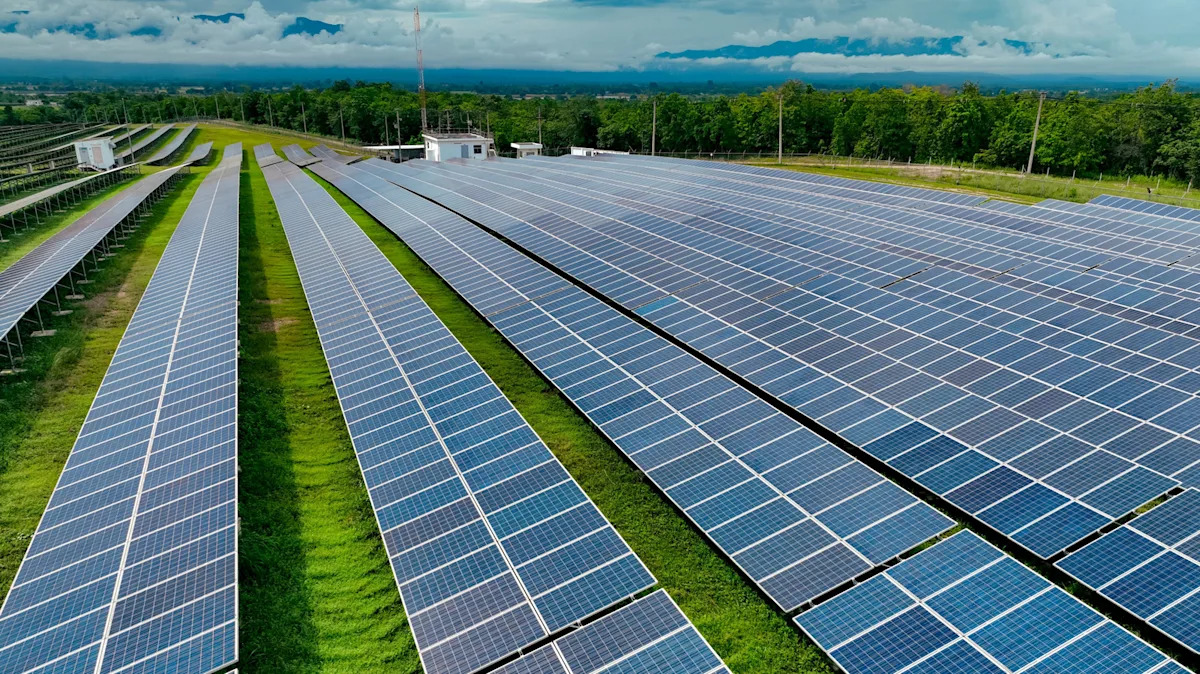Home / Environment / Solar Farms Boost Renewable Energy, But Impact Property Values Slightly
Solar Farms Boost Renewable Energy, But Impact Property Values Slightly
6 Oct
Summary
- Solar farms cover 1,600 acres in Pennsylvania
- Homes within 1 mile of solar farms see 1.5-2.6% drop in value
- Majority of Americans feel positive or neutral about solar farms

As of October 6th, 2025, solar farms have become a common sight across the landscape, with rows of photovoltaic panels generating renewable energy. These solar farms, some covering as much as 1,600 acres in Pennsylvania, are a sign of communities' commitment to sustainable power.
In a unique approach called agrivoltaics, these solar farms coexist with traditional farming or pollinator habitats, allowing the land to serve dual purposes. While the presence of these large-scale solar facilities has a slight negative impact on nearby property values, the effect is surprisingly small.
According to research, homes within 1 mile or less of a solar farm see a 1.5% to 2.6% decrease in value. However, properties more than a mile away maintain their worth. Homeowners can also take steps to offset this drop, such as adding their own solar panels or creating a buffer zone with landscaping.
Advertisement
Interestingly, the majority of Americans feel either positive or neutral about the presence of solar farms in their communities. Only 15% have negative perceptions. This acceptance of renewable energy may contribute to the relatively small impact on property values, even for homes closest to the solar facilities.




